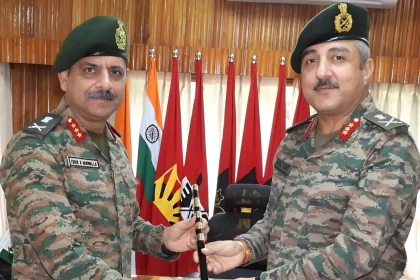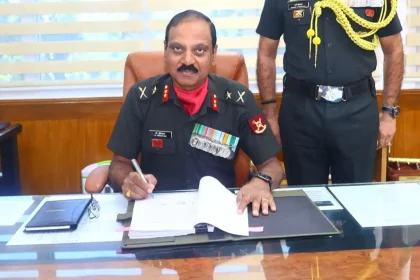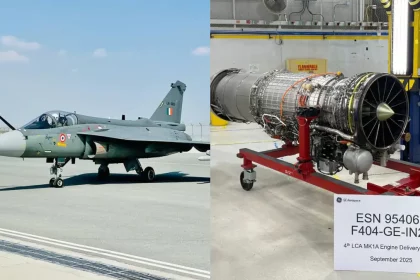Lt Gen Man Raj Singh Mann Assumes Command of Trishakti Corps
New Corps Commander emphasizes operational readiness, troop welfare, and modernisation in challenging eastern theatre.
Lt Gen Rajiv Kumar Sahni Assumes Charge as Director General of Electronics and Mechanical Engineers
New DG EME urges Corps to spearhead innovation and technological enablement for enhanced Army preparedness.
Major General G Srinivas Assumes Charge as Commandant of College of Defence Management
Veteran Gunner Officer brings operational logistics and strategic leadership expertise to helm premier tri-services institution.
HAL Receives Fourth GE-F404-IN20 Engine for LCA Tejas Mk-1A Fighters
Delivery strengthens Tejas Mk-1A programme as HAL targets 30 aircraft per year by 2026–27.
Vice Admiral Rajesh Pendharkar Interacts with Sunrise Fleet Personnel
Vice Admiral Rajesh Pendharkar lauds Sunrise Fleet’s professionalism, underscores preparedness and wellness amid evolving maritime challenges.
Navy Chief Stresses Synergy with Coast Guard at 42nd Commanders’ Conference
Admiral Tripathi Calls for Enhanced Navy–Coast Guard Coordination to Tackle Maritime Challenges.






